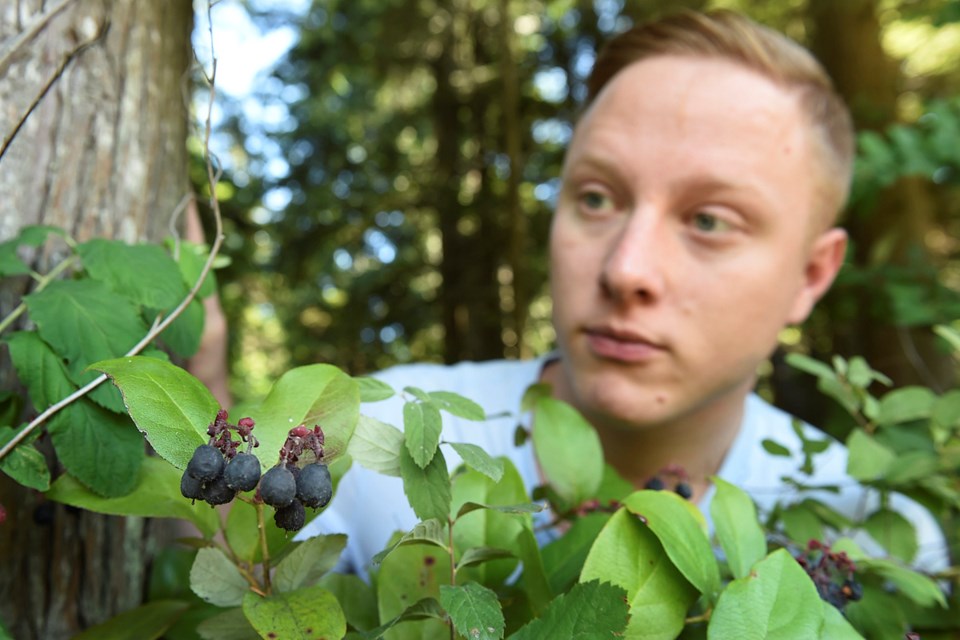Eating local in Vancouver is easier than you think. With plenty of resources for harvesting wild foods more people are trying foraging and it’s not just about mushrooms.
Local non-profit the Forager Foundation is one organization helping people to embrace the practice. This year they are offering foraging tours for the first time, which have generated a lot of interest.
“Especially here in Vancouver a lot of people are really interested in being outdoors and so what we’re trying to do is just add an extra layer for them to learn about the plant life, the animal life that’s here and how it’s been used traditionally by First Nations and other settlers that come to the area,” said Bryce Watts, co-founder and president of the foundation.
Watts became interested in foraging while studying anthropology at UBC with an interest in ethnobotany — the study of human cultures and the plants they use. He even took field courses in Panama where he learned from indigenous peoples. He says people’s reasons for foraging vary but largely have to do with embracing a healthier lifestyle.
“Harvesting wild food is like eating organic foods because it’s from the forest so there’s no chemicals, there’s no pollutants,” said Watts.
Tyler Gray is a long time forager and one of the founders of Mikuni Wild Harvest, a company that sells wild foods with a location in Vancouver. He says the benefits of foraging extend beyond nutrients and vitamins.
“I feel far more connected to nature and the world around me when I’m out and foraging,” he says. “It’s very much a way for me to connect to something bigger than myself.”
While there are many benefits to eating wild foods, foraging also has its risks. Just last summer a 52-year-old woman in Toronto needed an emergency liver transplant after eating a poisonous wild mushroom from a local park.
“You should have a healthy respect for mother nature and her flora and fauna,” says Gray. “There’s a saying that there’s old mushroom growers and bold mushroom growers but there’s no old bold mushroom growers.”
Chef and author Bill Jones, owner of Deerholme Farm in the Cowichan Valley on Vancouver Island, said he has avoided bad experiences by being cautious and investing time in learning how to forage safely. He recommends being shown as the best way to learn as well as purchasing a good guidebook.
“Even though it’s free food, it takes a bit of a cost in knowledge to get to the point where you can pick wild foods,” he says.
While rural locations are ideal for foraging, people don’t have to travel outside the city to find a healthy snack.
Jones says Himalayan blackberries are especially plentiful in the city this time of year.
“We used to live off Commercial Drive and all through that zone there’s tons and tons of blackberries in all the alleys where people haven’t beaten them back,” he explains.
There are many other foods that you can forage in Vancouver including greens, roots, berries, nuts and mushrooms.
“Really any type of vegetable or fruit you’d find in the store there’s something similar that’s a wild fruit or vegetable,” says Watts.
And some of the plants you can eat are surprising such as dandelion greens, stinging nettles, chicory and cattails.
There are also online resources where people have shared where urban edibles can be found including fallingfruit.org, the Living Medicine Project and Vancouver’s Urban Foragers Facebook page.
Vancouver parks are home to many wild foods such as chanterelle mushrooms, salal berries and bittercress. That said, foraging in provincial and city parks is technically prohibited with the potential of fines for those who disregard the law.



